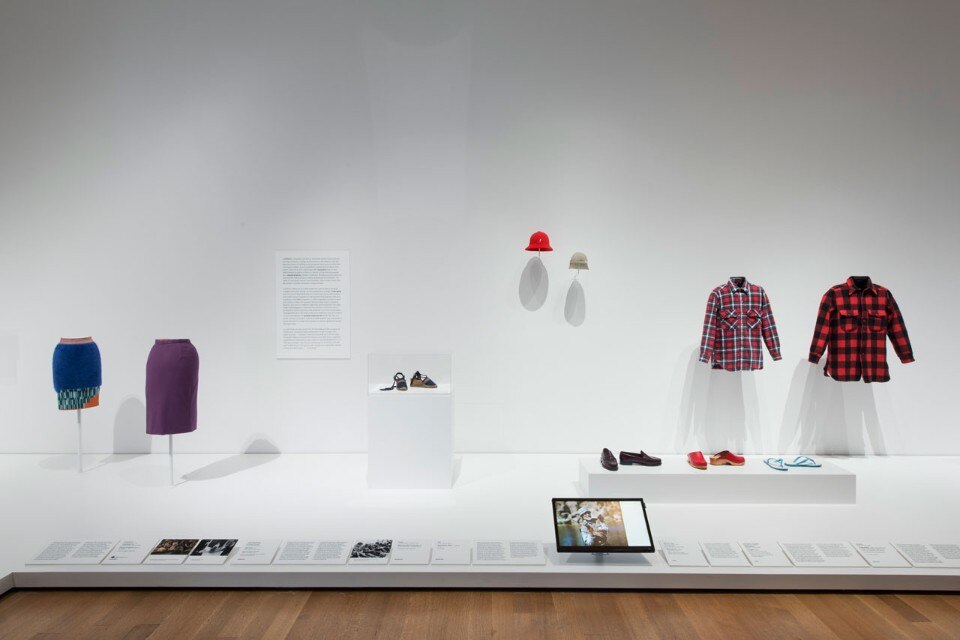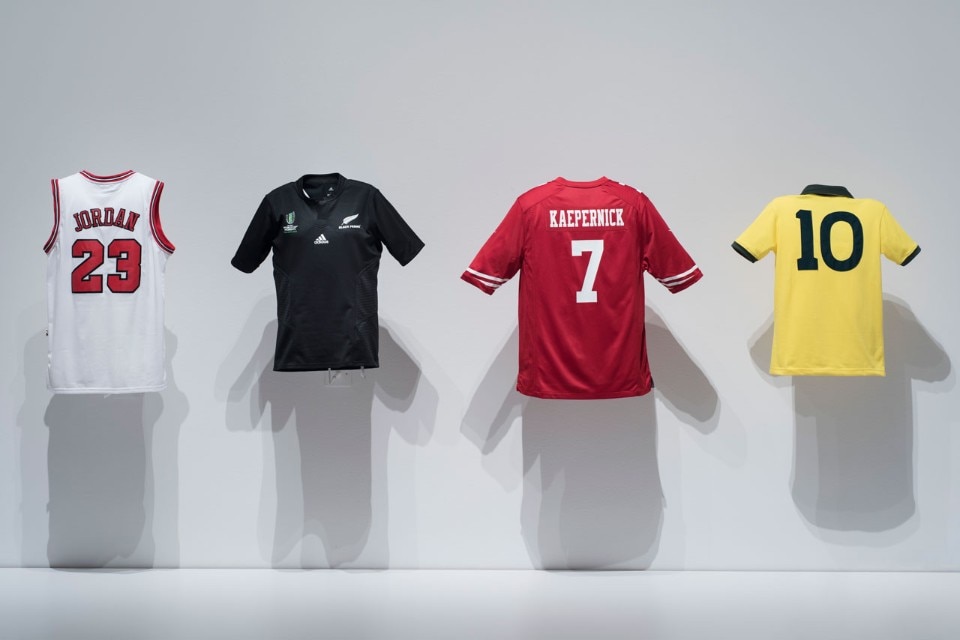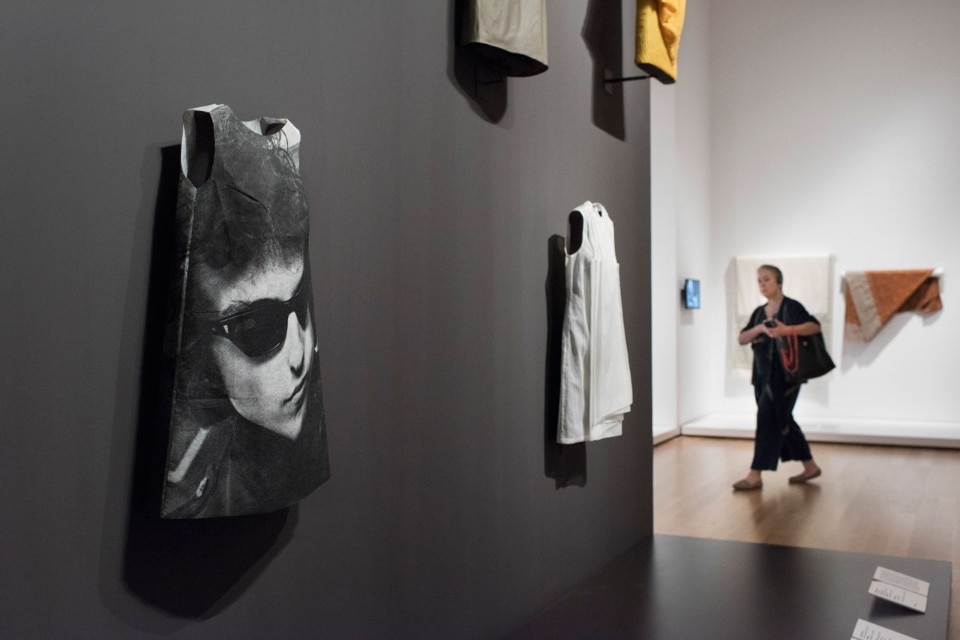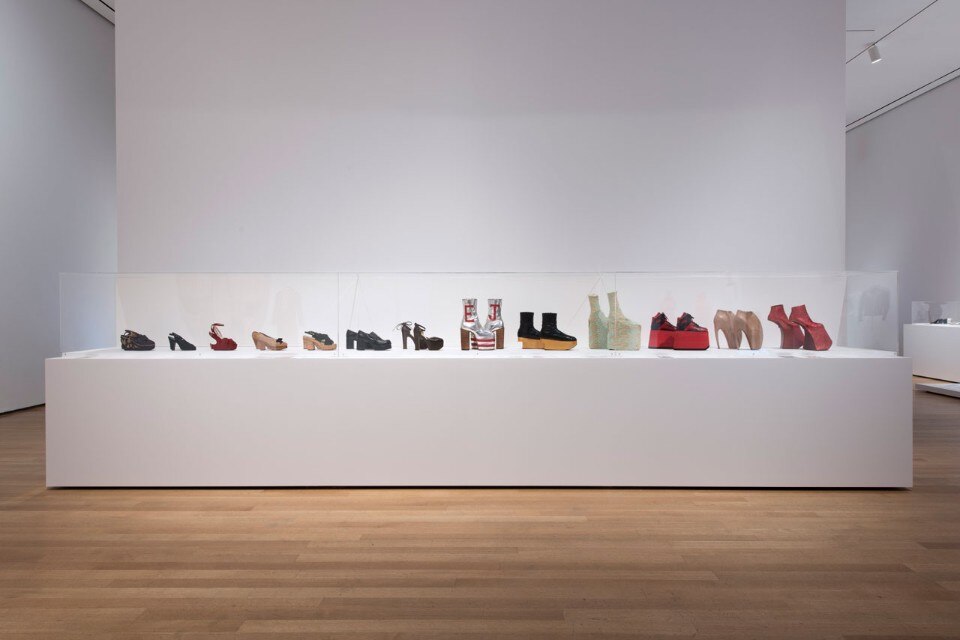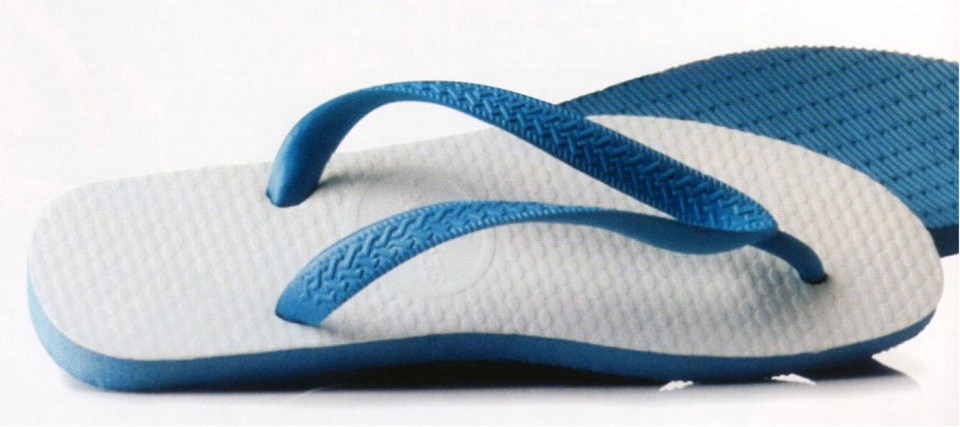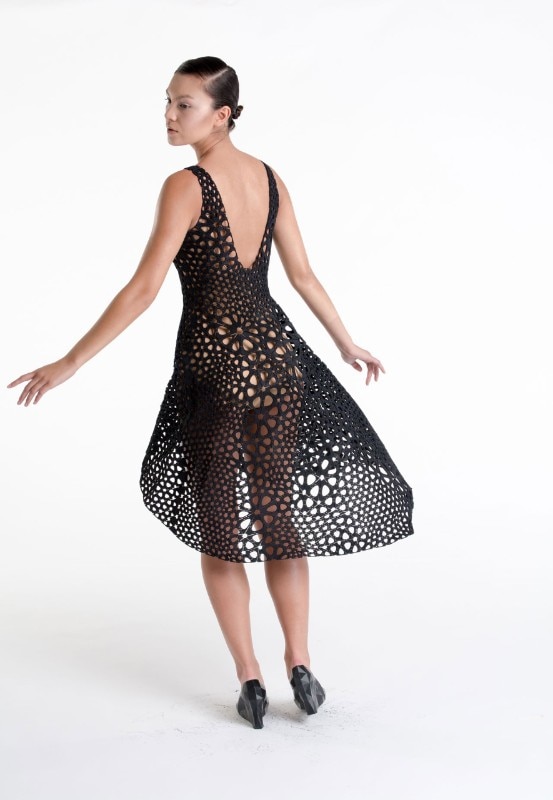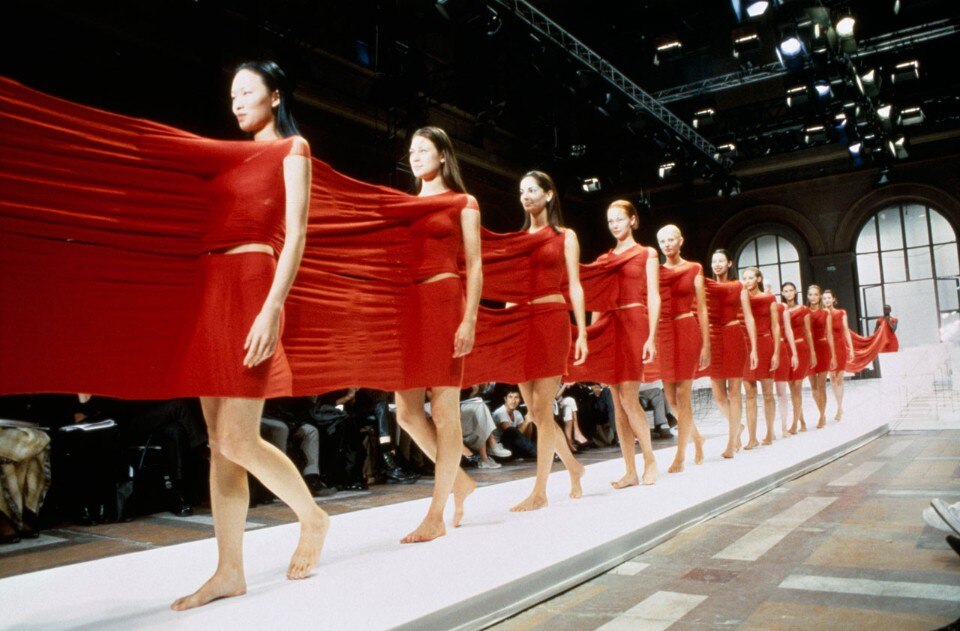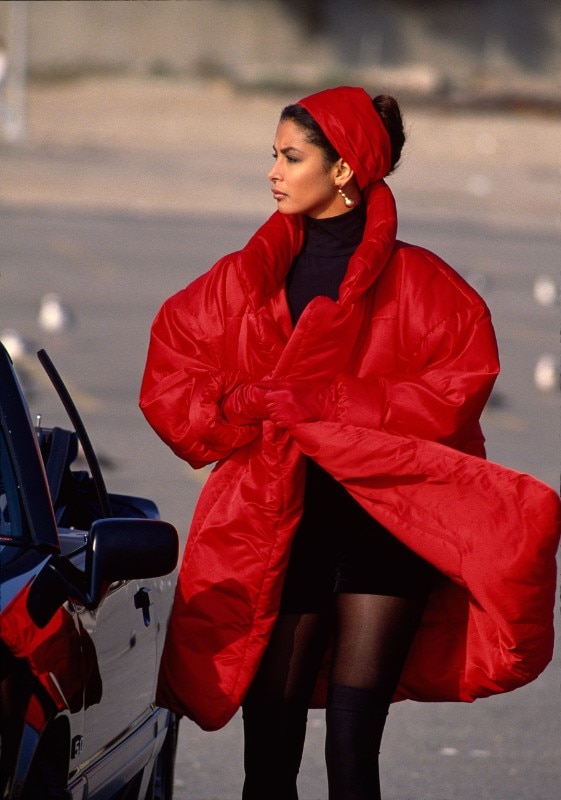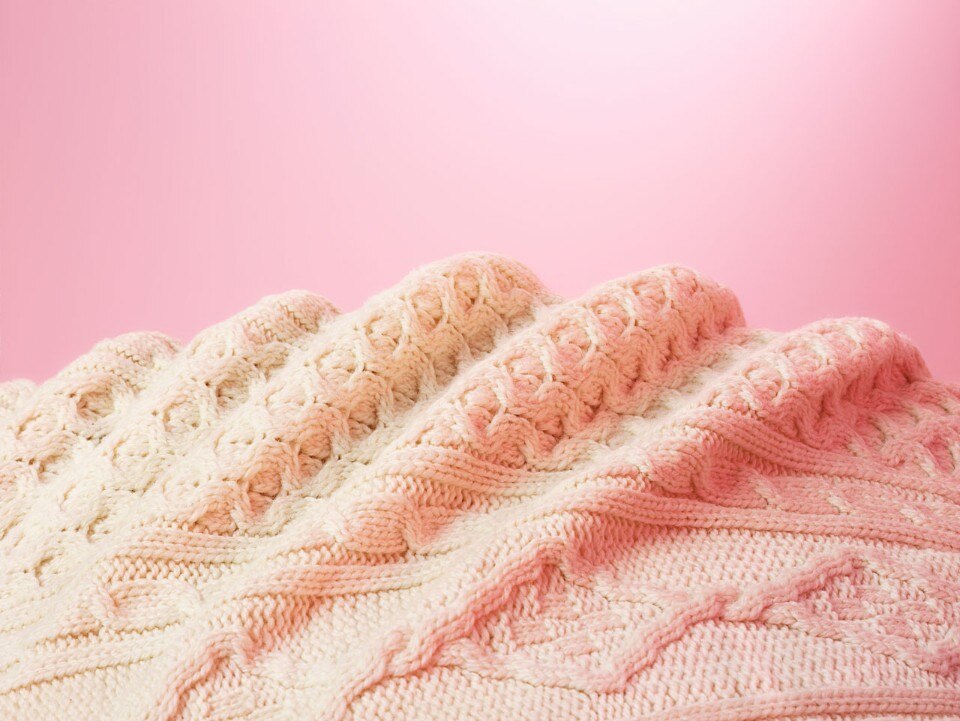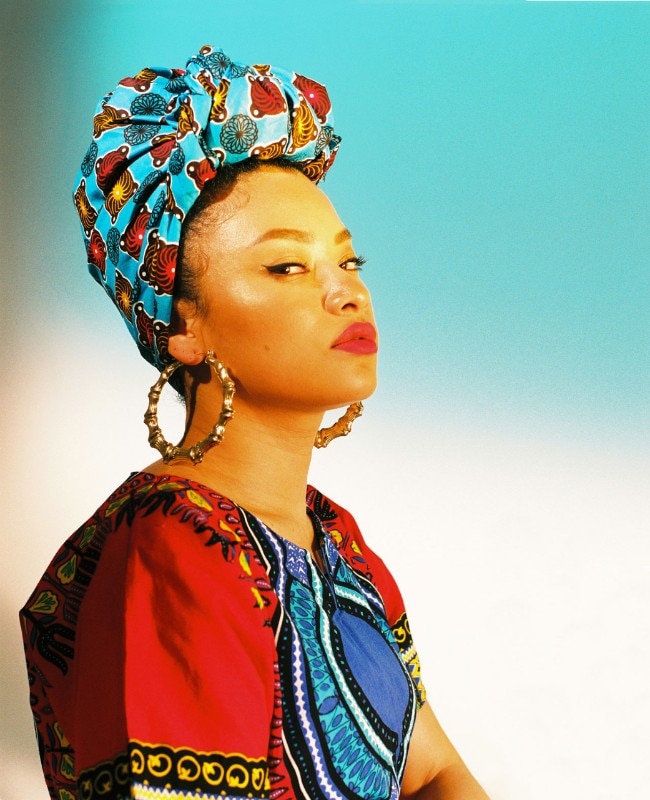Amid tropical rain, hurricanes and schizophrenic temperatures, MoMA has opened its exhibition for the New York autumn: “Items: is Fashion Modern?” Curated by the Italian Paola Antonelli, a Senior Curator in the Department of Architecture & Design, and Michelle Millar Fisher, a Curatorial Assistant, the show aims to impose an order on the objects and fashions of the last 100 years, picking out designs that “have had a strong impact on history and society in the 20th and 21st centuries” (seen, of course, from the perspective of the industrialised West). The result is a list of 111 “items” broken down into 350 “examples”, reflecting – as Antonelli said in conversation with the museum's director, Glenn D. Lowry – a “New York-centric” attitude. As she said, by “New York-centric I mean not that is all about people in New York city but that it has the character of New York city: this kind of know-it-all attitude and also a healthy curiosity and a certain arrogance”.
There are all sorts of things on the list: Chanel No. 5 perfume, the Cartier Love Bracelet and Revlon 1952 red lipstick, as well as the Rolex, Capri trousers and yoga wear, the black Prada bag and the Hermès Birkin, the diamond Tiffany engagement ring, and the Moncler jacket. But also making an appearance are Havaianas flip flops, Calvin Klein underwear, the Sony Walkman of 1979, the hooded fleece, the t-shirt emblazoned with political slogans, the football shirt, the Michael Jordan top, peace badges (with American flag and anti-AIDs designs), Guy Baldwin’s 1989 leather trousers, Dr Martens boots, and 501 Levi jeans. Last, from the jumble of the Western empire of objects appear the guayabera, kente, burkini, kippah and sari – proof of a geographically wide-ranging vision. The exhibition concludes with a section on suits, with examples ranging from Yamamoto and Armani, finishing with the very last object, an icon of the exhibition: the all-purpose white t-shirt.
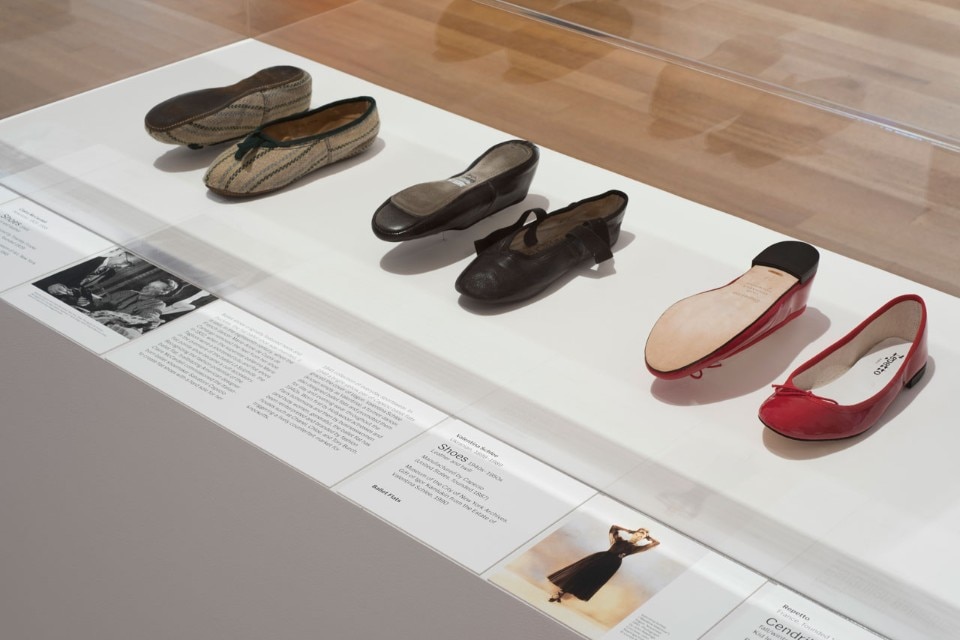
But how was the list put together? To understand this exhibition, you first need to take a step back. In 1944, while the Second World War was raging, the architect and designer Bernard Rudofsky put on the first MoMA fashion exhibition. Its initial name was “Problems of Clothing”, but this was later changed to “Are clothes modern?” The exhibition, according to the press release from the time, aimed “to take the blinders of the tradition off modern eyes so they can see that certain conventions, accepted as inseparable from dress and therefore never questioned, are in fact useless, impractical, irrational, harmful and unbeautiful”.
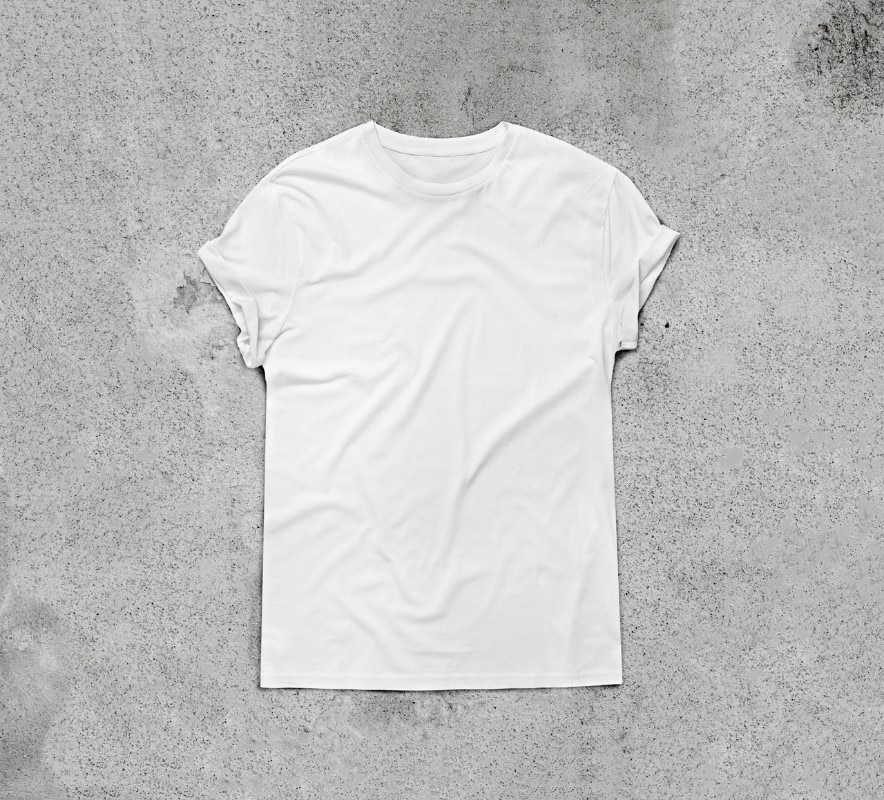
Around 60 years later, Paola Antonelli started drawing up a list of "garments that changed the world" for the museum’s permanent collection. The museum director, Glenn D. Lowry, was struck by the list and it became the starting point for the temporary exhibition “Items: is Fashion Modern?” The title itself is an example of the link with Rudofsky’s earlier show. Here, in other words, the clothes are not examined according to a modernist principle: it is taken as given that we live in a consumer society and, useful or not, these objects have existed, many continue to exist, and others are prototypes that will go on to be produced. But what we are scrutinising is fashion (as a whole, high and low) and how it responds to our needs (all of them, related to appearance or the need to consume, whether for practical, political, economic, social, cultural, religious or simply aesthetic reasons). In other words, while for Rudofsky the problem was understanding whether heels were necessary and functional, today the problem is one of choice: that is, whether to include stilettos or platforms in the list and then what examples to choose – Vivienne Westwood or Manolo?
The effort has been enormous, as shown in the complicated graphic laying out the conceptual map of the exhibition, but it was brilliantly outdone by the curatorial team of young women. For the opening, they chose to wear the same item, no. 51 on the list – the jumpsuit, which in the 70s became a symbol of freedom from gender tyranny thanks to Rudi Gernreich and her unforgettable American Pavilion at the Osaka Expo.
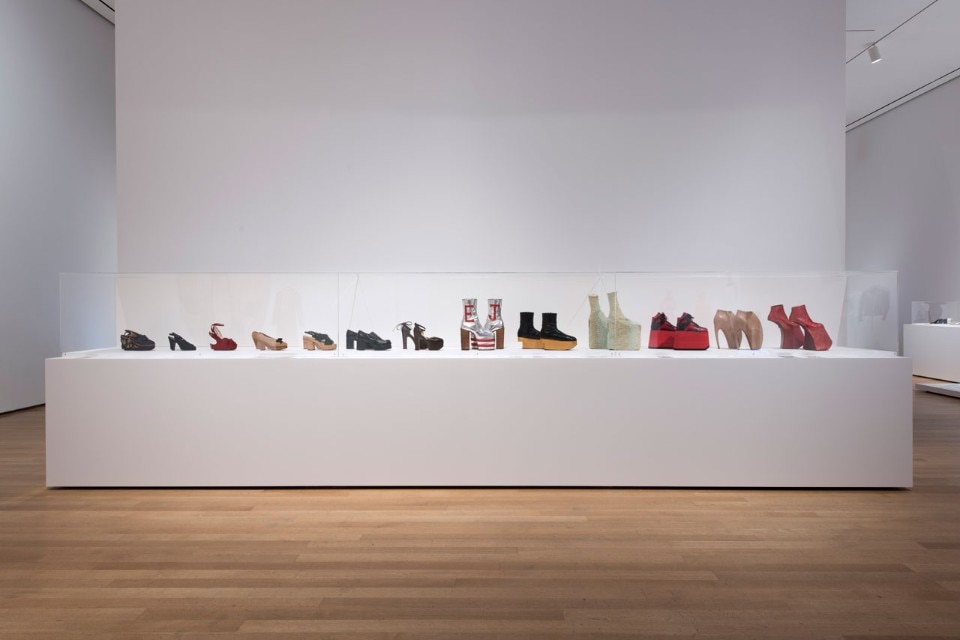
The first rule for navigating through the ocean of products created over the last one hundred years has been, of course, applying a scientific method. For each object, the aim has been to seek out the stereotype, the archetype and the prototype. Once they had identified the item that had made history, they closed their eyes and imagined its form, giving visual expression to its stereotype. At this point, they could trace the archetype, because everything has a precedent and MoMA always pays much attention about history.
Last comes the prototype, the actual created pieces, in some cases commissioned by the museum. One emblematic example is the little black dress – no. 60 in the exhibition – which is described as a metaphor for fashion itself. It has been reinvented endlessly over the last century, and it is represented here by examples running from the first Chanel classic of 1926 to designs by Christian Dior, Versace, Givenchy and Philippe Starck, ending with the Kinematics Dress created with a 3D printer and commissioned by the museum – an example of cutting-edge use of materials and the adaptation of them to the silhouettes of the body.
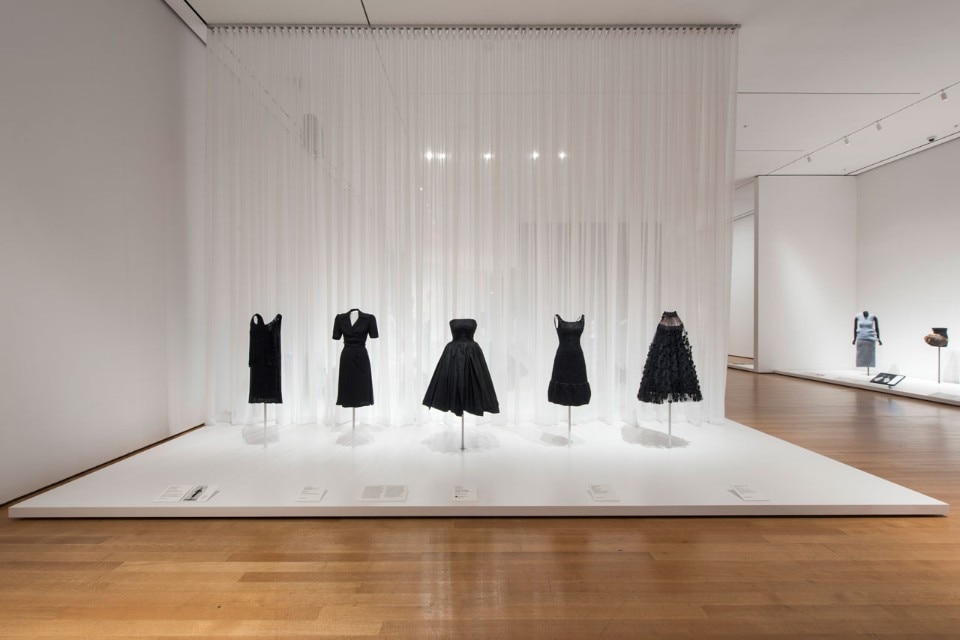
The method works perfectly for most of the objects, even if you notice odd distortions and gaps here and there. Missing, for example, is the brightly coloured sock. The Wonderbra worn by Eva Herzigova in the 90s is item no. 107, and not an example of the bra, an object which was patented by Caresse Crosby in 1914 and which became a cult object of the twentieth century, from lingerie to freedom from underwiring, and from the feminist struggle to sadomasochist, masochist and bondage versions. In other words, despite the attempt to create dispassionate, detached categories based on a hypothetical collective consciousness, the general impression is that the choice of the stereotypes was strongly influenced by whoever closed their eyes.
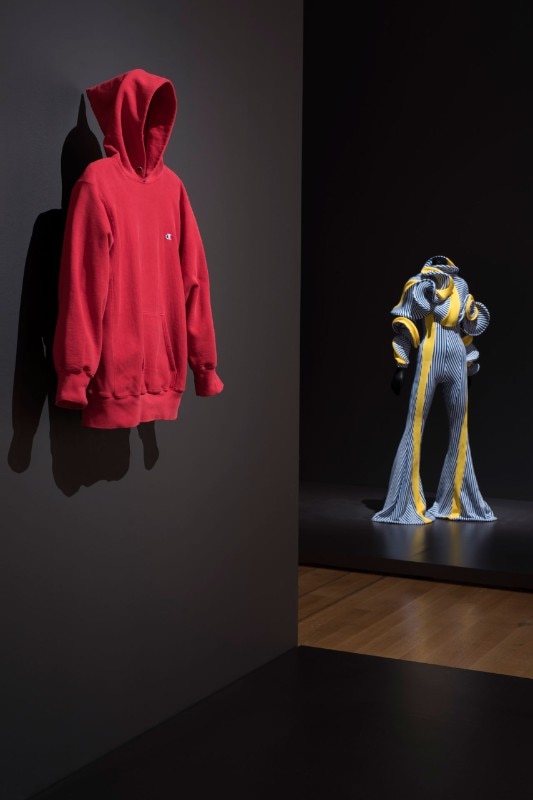
This limitation has been overcome with a second approach, once again a fundamental principle of MoMA: inclusion. After all, a list in itself can only be pitiless. But thanks to social media and the #itemsmoma, we can make our own lists, hunting out no. 111 in our wardrobes or suggesting an overlooked no. 112, and letting the museum and the online world know. The curatorial team has a term for this case too: “Tagging as Curatorial Research”. This lightens the seriousness of such a rigorous and meticulous schema, turning it into a game of “have it, don’t have it, have it, don’t have it” as you go through the items on the list. Therefore, if on opening the wardrobes of our memories, we discover that we've been very susceptible (we are all victims and oppressors in consumerist thought), let’s remember that there's little space for what Bernard Rudofsky would have called “the problem of the item” (relegated here and there to the captions below each exhibit). The list is one that needs to be continued: onward with the next stereotype!
© all rights reserved
- Exhibition title:
- Items: Is Fashion Modern?
- Opening dates:
- until 28 January 2018
- Curator:
- Paola Antonelli
- Exhibition venue:
- The Museum of Modern Art
- Address:
- 11 West 53rd Street, New York



